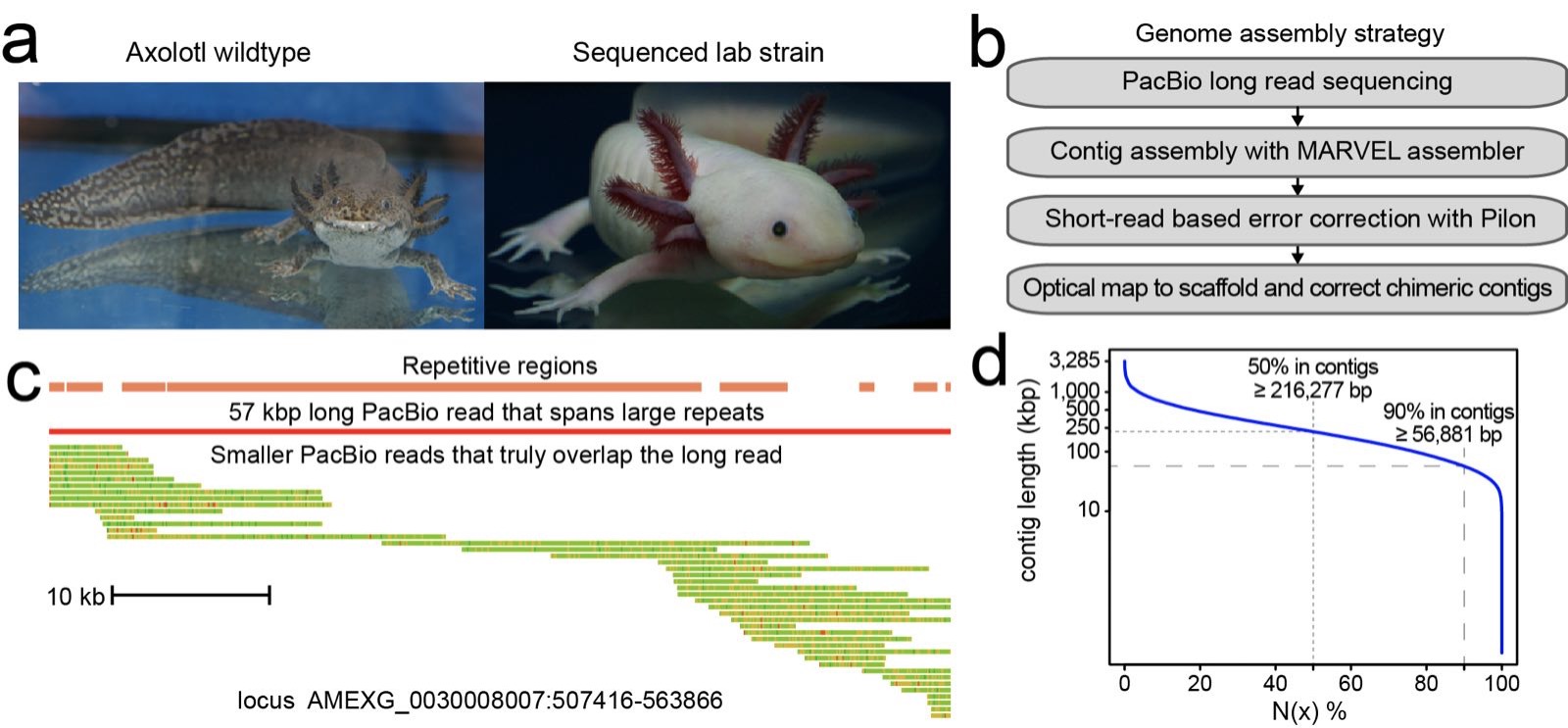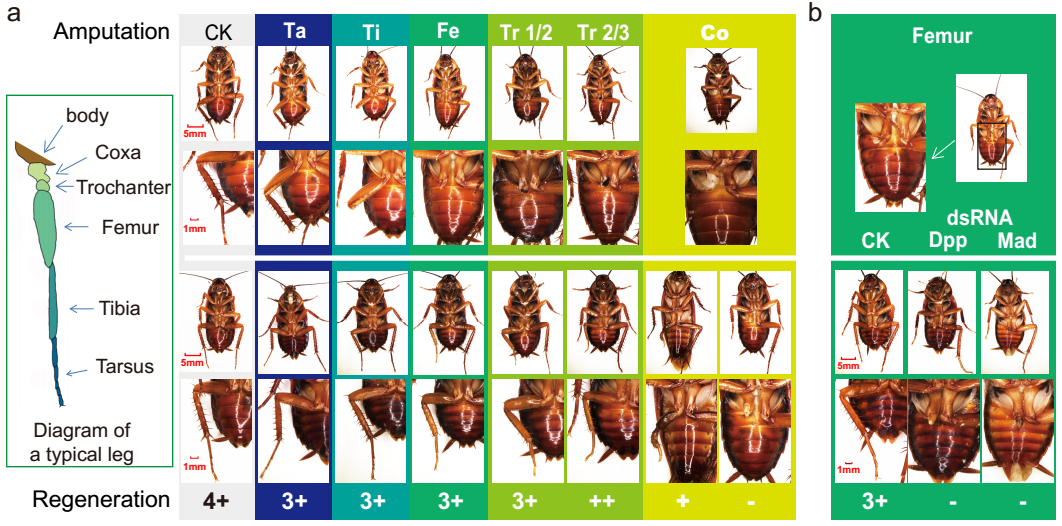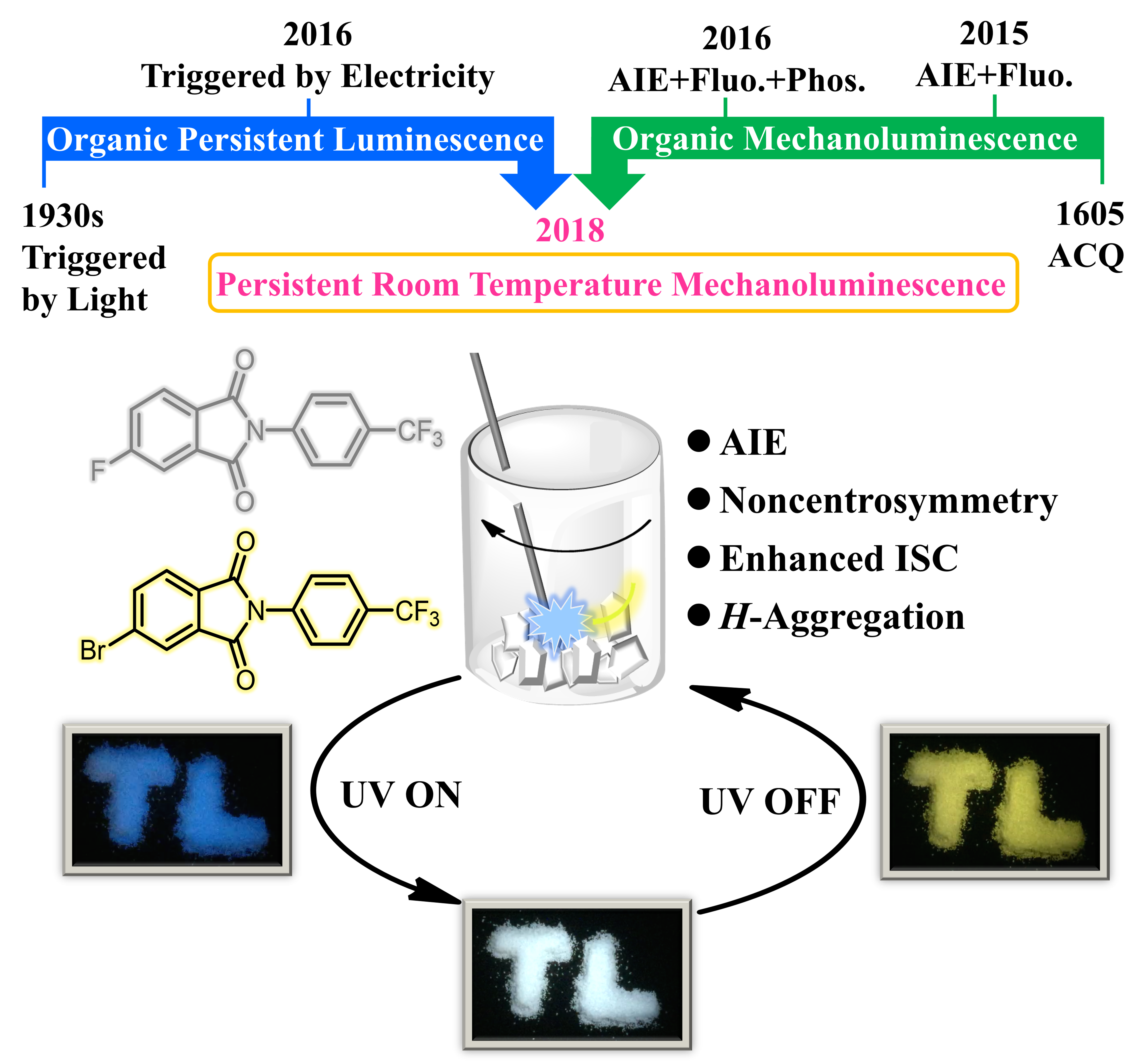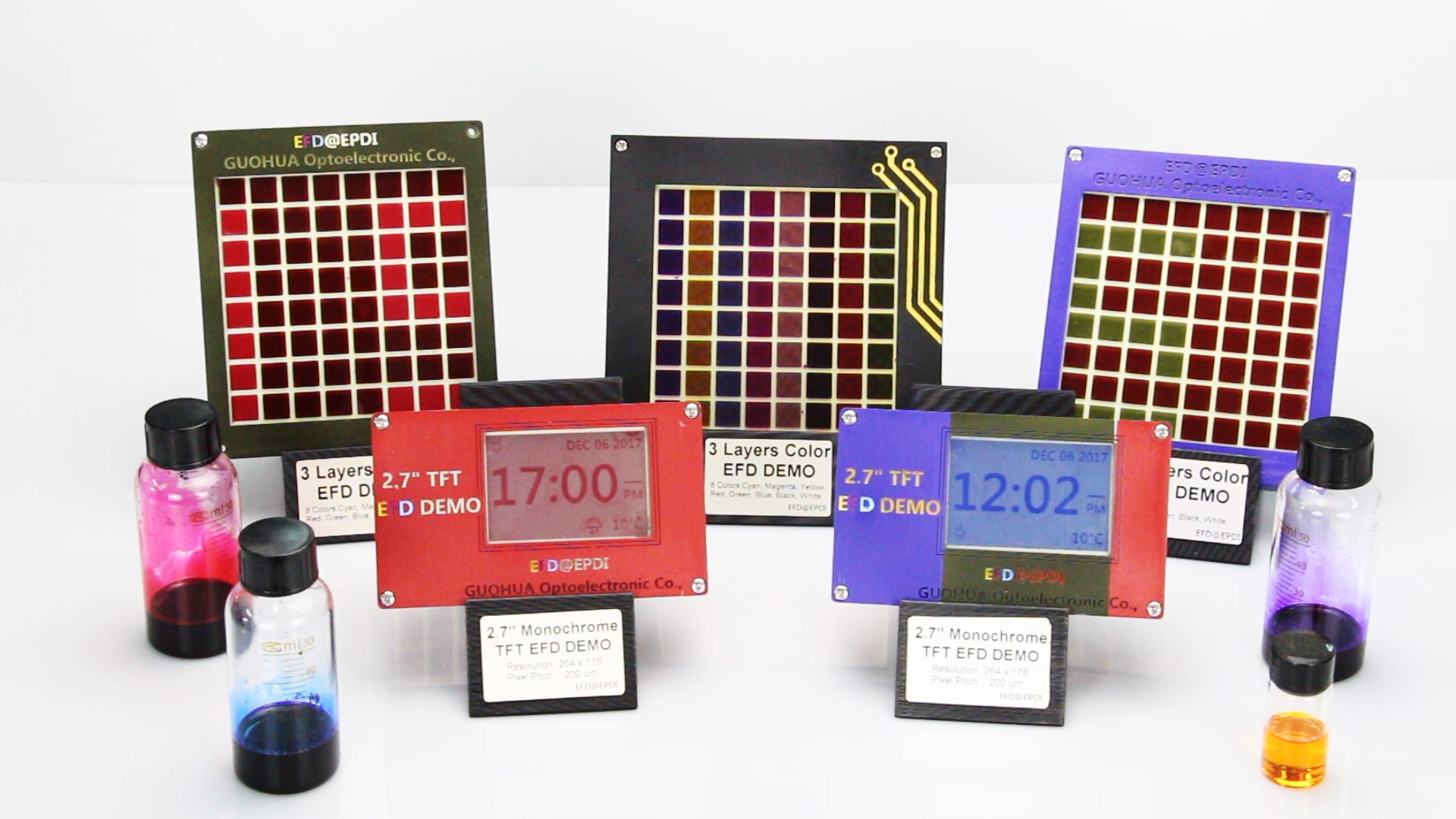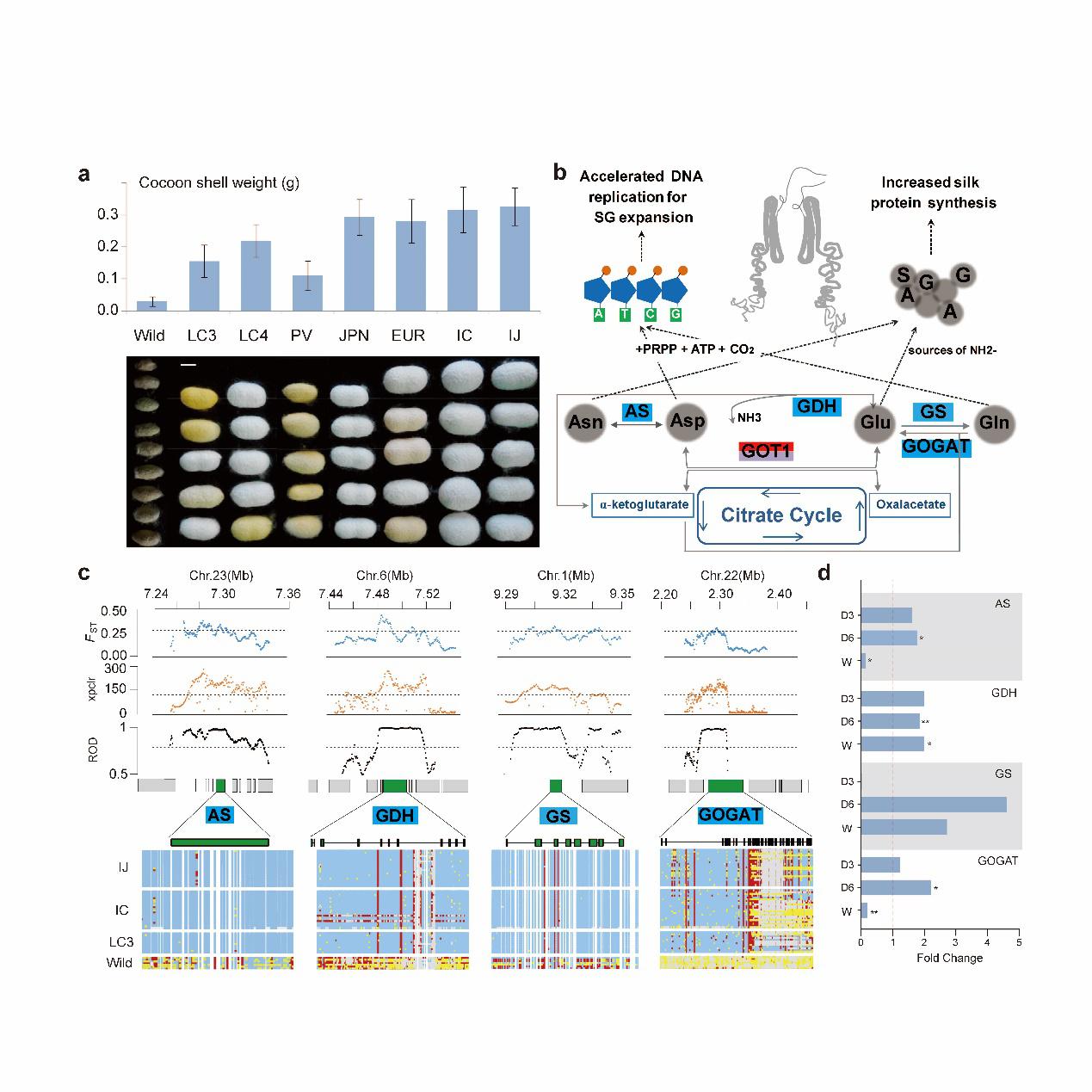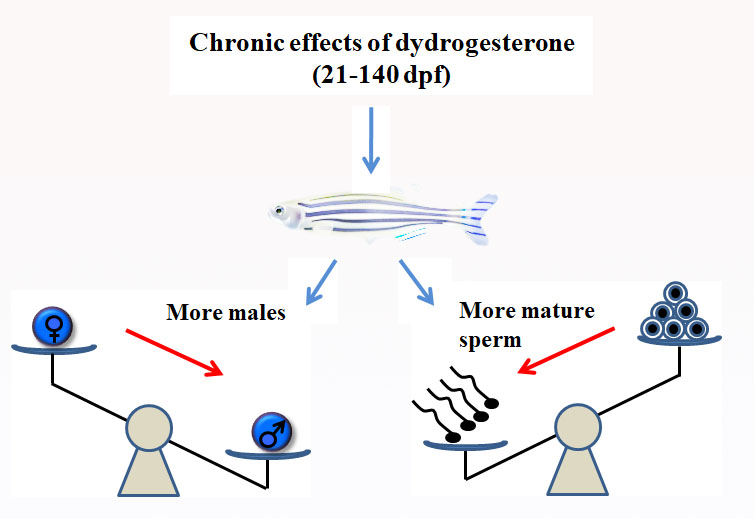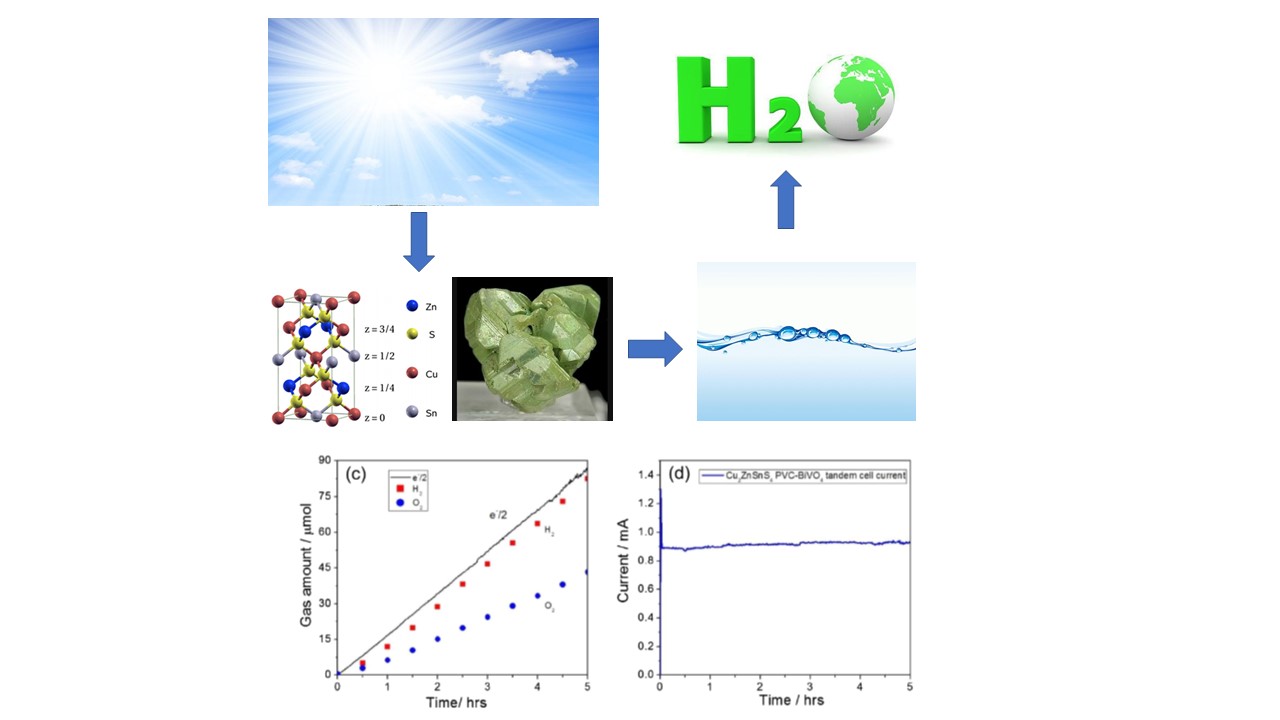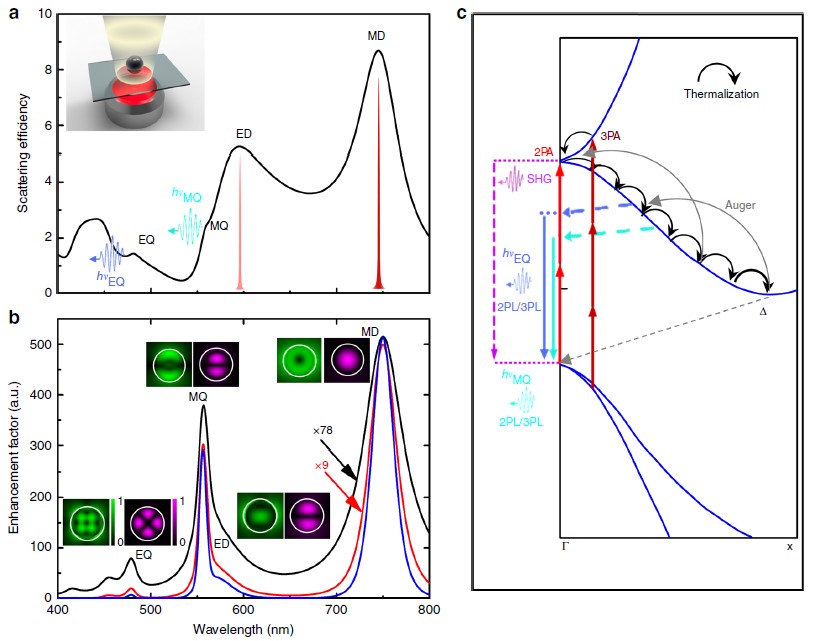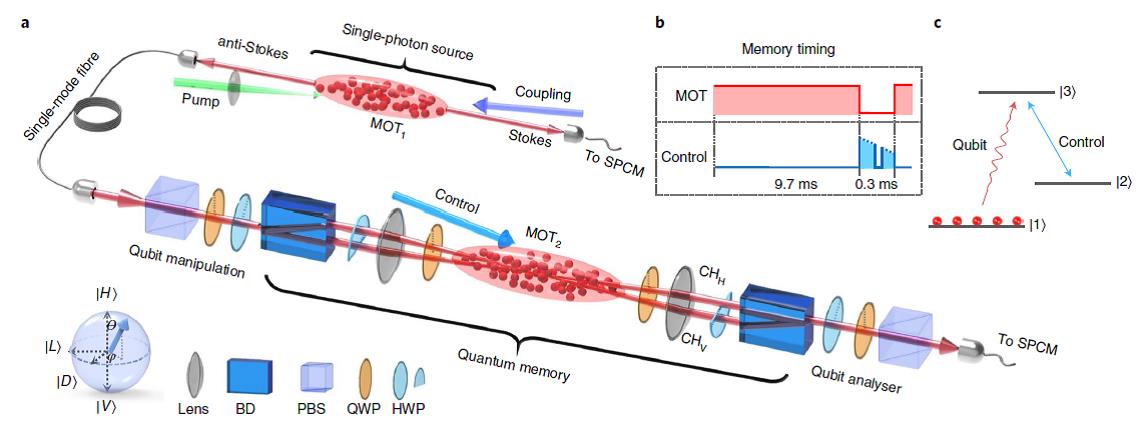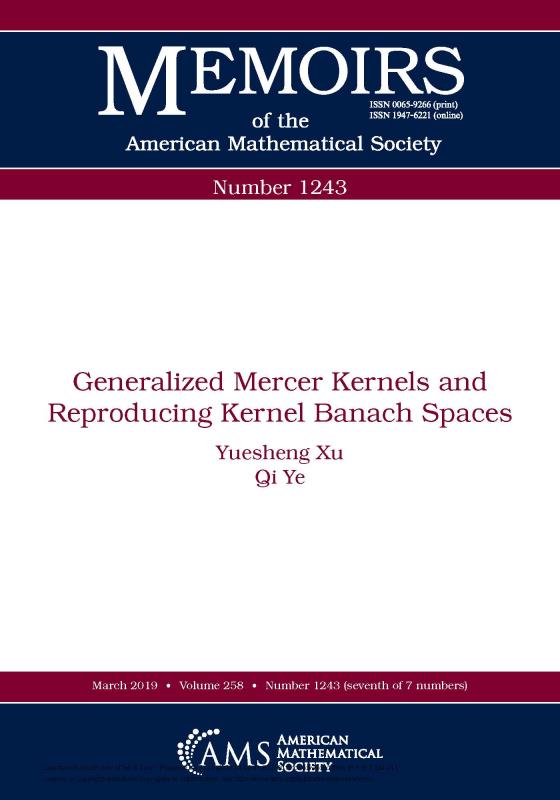
Likes
The research team led by professor Ying Guangguo at the School of Environment of SCNU, including Dr. Liu Yousheng and associate researcher Peng Fengjiao, recently published a study titled "Removal of emerging organic contaminants in a subsurface wastewater infiltration system: A preliminary study of microbial mechanism" in the renown journal Water Research ((DOI: 10.1016/j.watres.2025.123960).
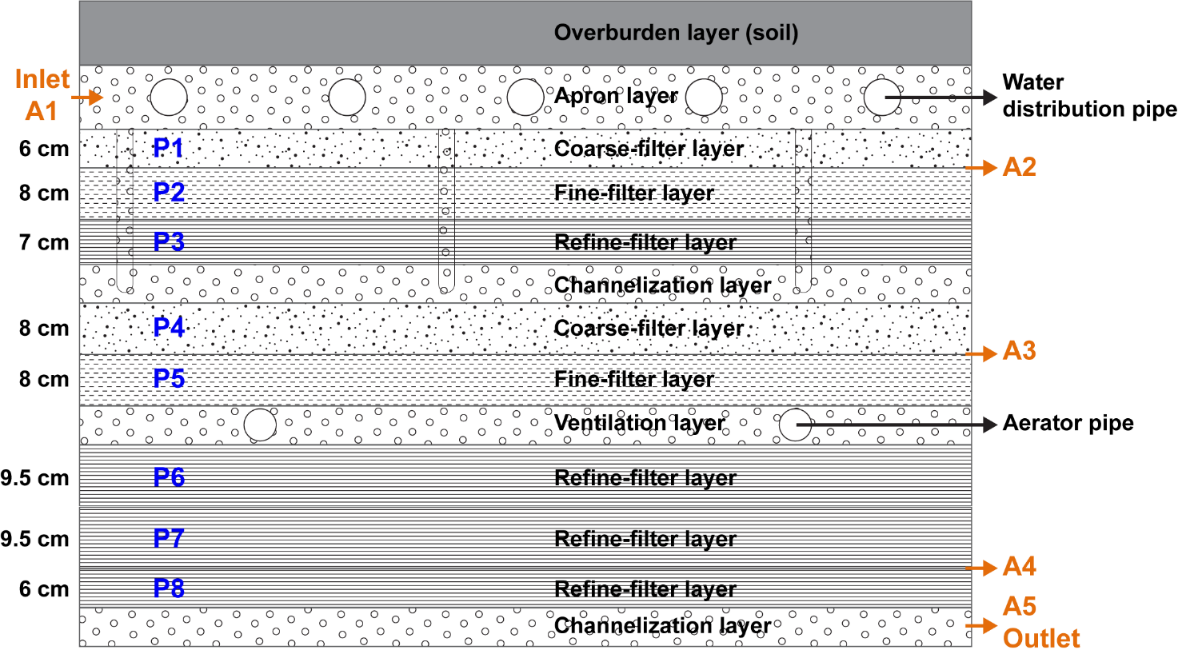
Schematic diagram of the pilot-scale subsurface wastewater infiltration system (SWIS).
The study investigated the removal efficiency of emerging organic contaminants (EOCs) in real domestic wastewater by subsurface wastewater infiltration systems (SWIS) and elucidated the underlying microbial mechanisms. The researchers constructed a multi-layer media SWIS with intermittent aeration. After the system reached steady-state operation, comprehensive analyses were performed on EOCs, conventional pollutants, bacterial communities, and functional microbial populations in both influent/effluent and filter media.
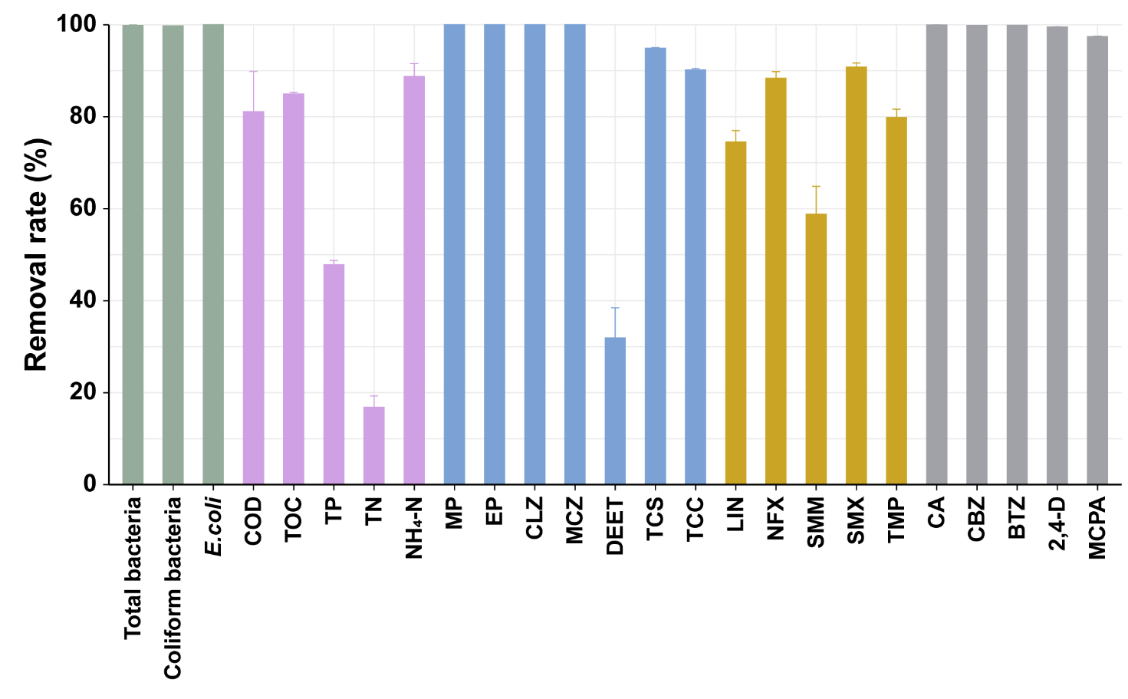
Removal rates (%) of bacteria (green bars), conventional pollutants (pink bars), and detected biocides (blue bars), antibiotics (yellow bars) and other compounds (grey bars) in SWIS.
Results showed that 17 out of 89 target EOCs were detected in the influent, with removal rates exceeding 74.5% for most compounds. Furthermore, significant positive correlations were identified between pollutant removal efficiency and the abundance of specific microbial taxa, confirming biodegradation as the dominant EOC removal mechanism in SWIS. These findings provide critical scientific support for implementing SWIS in rural domestic wastewater treatment.
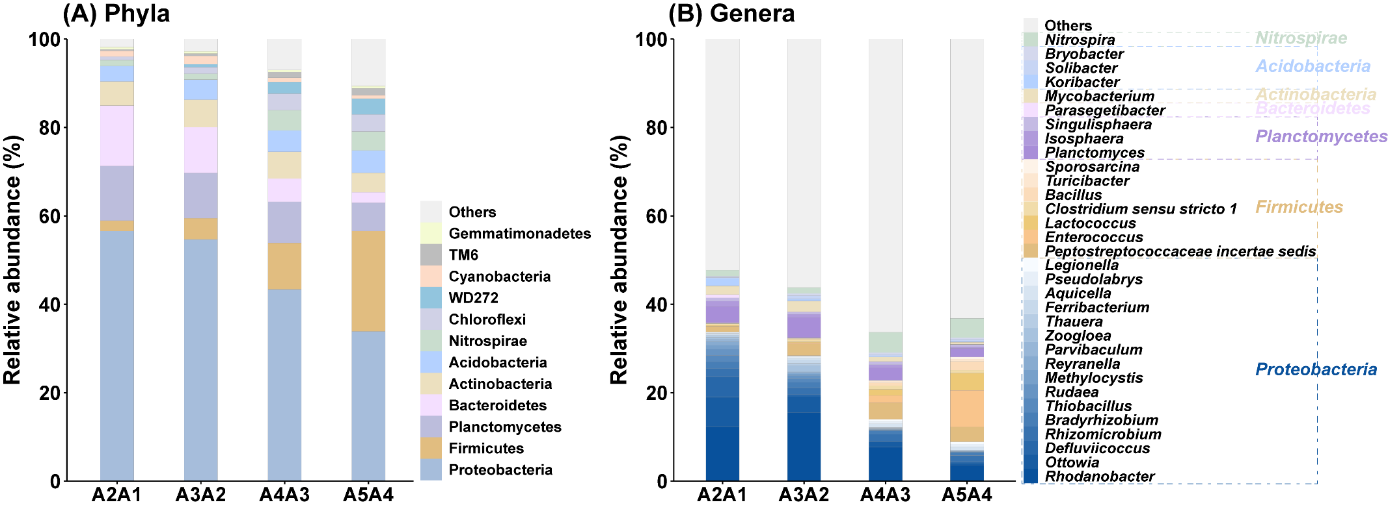
Relative abundances (%) of phyla (A) and genera (B) in the substrate of the subsurface wastewater infiltration system (SWIS).
This exploratory study systematically reveals—for the first time—the efficiency and microbial-driven mechanisms of an intermittently aerated SWIS operating at 0.5 m³/(m²·d) hydraulic loading for removing emerging organic contaminants (EOCs) from real domestic wastewater.
The findings also provide a scientific foundation for implementing SWIS in rural wastewater management. Future research should address the impacts of environmental fluctuations and influent quality variations on system performance to enhance practical applicability and operational stability.
Full text available at: Water Research 2025, 284, 123960.
https://url.scnu.edu.cn/record/view/index.html?key=f3f2e30259d17dfcf91f7505ffb83c90
Source from the Environmental Research Institute
What to read next:
